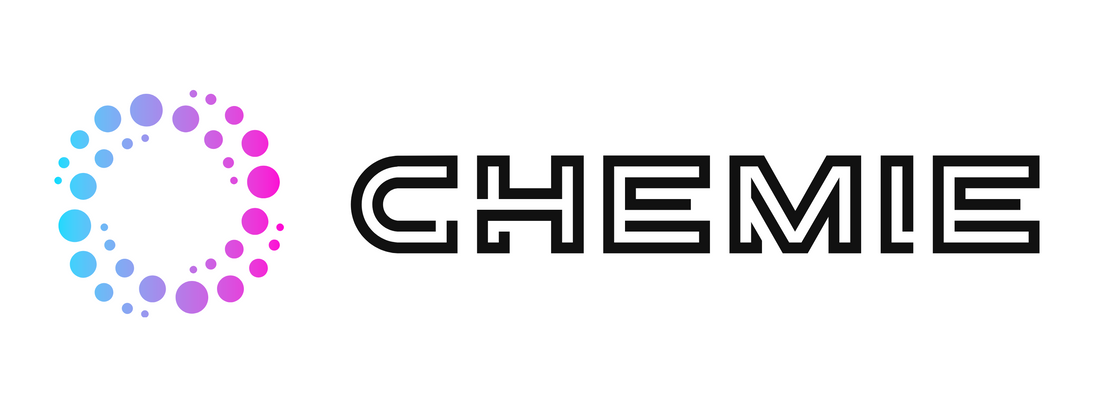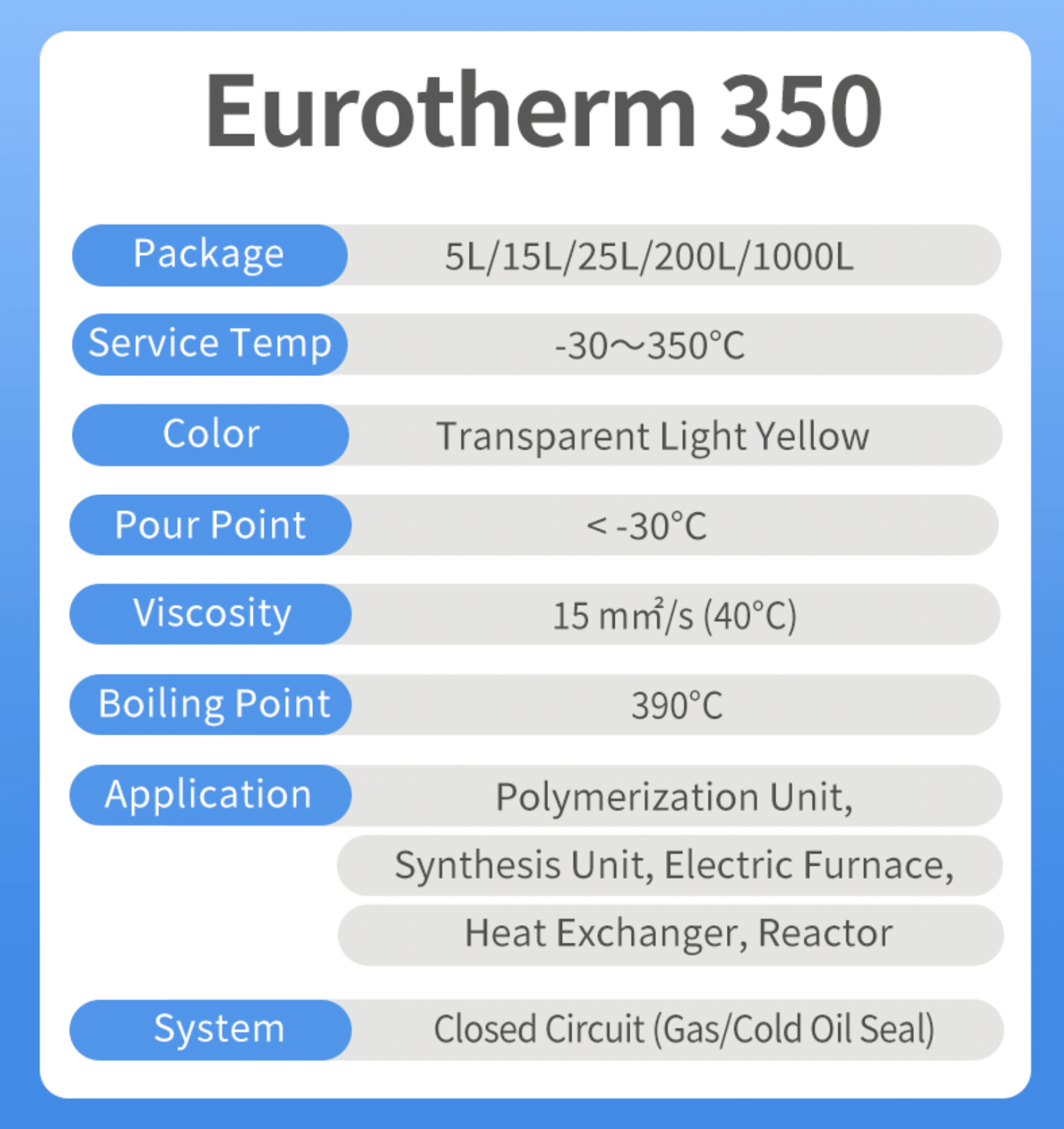Some Ideas on Chemie You Should Know
Some Ideas on Chemie You Should Know
Blog Article
Chemie Things To Know Before You Buy
Table of ContentsThe Best Guide To ChemieChemie Fundamentals ExplainedThe Chemie IdeasThe Definitive Guide to ChemieChemie Can Be Fun For EveryoneThe Greatest Guide To Chemie
By Bojanna Shantheyanda, Sreya Dutta, Kevin Coscia and David SchiemerDynalene, Inc. Liquid cooling, which can be achieved making use of indirect or straight ways, is used in electronics applications having thermal power densities that might surpass safe dissipation with air cooling. Indirect fluid cooling is where heat dissipating digital parts are physically divided from the liquid coolant, whereas in instance of direct air conditioning, the elements remain in direct contact with the coolant.Nevertheless, in indirect air conditioning applications the electric conductivity can be essential if there are leaks and/or splilling of the liquids onto the electronics. In the indirect air conditioning applications where water based liquids with corrosion inhibitors are normally utilized, the electrical conductivity of the liquid coolant mostly relies on the ion concentration in the liquid stream.
The increase in the ion focus in a closed loop fluid stream may occur because of ion leaching from metals and nonmetal components that the coolant liquid is in contact with. During procedure, the electric conductivity of the fluid may boost to a degree which can be damaging for the cooling system.
Chemie Can Be Fun For Anyone
(https://dzone.com/users/5271907/chemie999.html)They are bead like polymers that can trading ions with ions in a solution that it touches with. In the here and now job, ion leaching examinations were performed with various steels and polymers in both ultrapure deionized (DI) water, i.e. water which is treated to the highest degree of purity, and low electric conductive ethylene glycol/water mix, with the determined modification in conductivity reported gradually.
The examples were allowed to equilibrate at room temperature level for 2 days prior to tape-recording the preliminary electrical conductivity. In all examinations reported in this study fluid electrical conductivity was gauged to a precision of 1% making use of an Oakton CON 510/CON 6 series meter which was adjusted before each dimension.
The Definitive Guide to Chemie
from the wall heating coils to the center of the heater. The PTFE example containers were positioned in the heater when constant state temperature levels were gotten to. The examination arrangement was removed from the furnace every 168 hours (7 days), cooled to space temperature level with the electric conductivity of the liquid measured.
The electrical conductivity of the fluid sample was kept track of for an overall of 5000 hours (208 days). Schematic of the indirect closed loop cooling down experiment set-up. Components used in the indirect shut loop cooling down experiment that are in call with the liquid coolant.

The 10-Minute Rule for Chemie
During procedure the liquid reservoir temperature was preserved at 34C. The modification in liquid electric conductivity was monitored for 136 hours. The fluid from the system was gathered and saved. In a similar way, shut loop examination with ion exchange resin was accomplished with the same cleansing treatments used. The first electric conductivity of the 230ml UP-H2O in the system gauged 1.84 S/cm.

0.1 g of Dowex resin was contributed to 100g of fluid samples that was taken in a separate container. The combination was mixed and change in the electrical conductivity at space temperature was measured every hour. The measured modification in the electrical conductivity of the UP-H2O and EG-LC examination liquids consisting of polymer or steel when engaged for 5,000 hours at 80C is revealed Figure 3.
Some Known Factual Statements About Chemie
Figure 3. Ion leaching experiment: Calculated modification in electrical conductivity of water and EG-LC coolants having either polymer or steel examples when immersed for 5,000 hours at 80C. The results suggest that metals contributed fewer ions into the fluids than plastics in both UP-H2O and EG-LC based coolants. This could be because of a thin steel oxide layer which might serve as an obstacle to ion leaching and cationic diffusion.
Fluids containing polypropylene and HDPE showed the most affordable electric conductivity changes. This could be because of the brief, rigid, straight chains which are much less most likely to add ions than longer branched chains with weaker intermolecular pressures. Silicone also performed well in both examination fluids, as polysiloxanes are normally chemically inert because of the high bond power of the silicon-oxygen bond which would avoid deterioration of the product right into the fluid.
The Ultimate Guide To Chemie
It would certainly be anticipated that PVC would produce similar results to those of PTFE and HDPE based on the similar chemical structures of the materials, nonetheless there may be other pollutants existing in the PVC, such as plasticizers, that may impact the electrical conductivity of the fluid - therminol & dowtherm alternative. In addition, chloride groups in PVC can additionally seep into the test liquid and can create a boost in electric conductivity
Buna-N rubber and polyurethane showed indicators of degradation and thermal decay which visit this page recommends that their feasible utility as a gasket or adhesive product at greater temperatures might cause application concerns. Polyurethane totally disintegrated into the test liquid by the end of 5000 hour examination. Figure 4. Prior to and after photos of metal and polymer examples immersed for 5,000 hours at 80C in the ion leaching experiment.
Calculated modification in the electrical conductivity of UP-H2O coolant as a function of time with and without resin cartridge in the shut indirect cooling loophole experiment. The measured adjustment in electrical conductivity of the UP-H2O for 136 hours with and without ion exchange resin in the loophole is displayed in Number 5.
Report this page